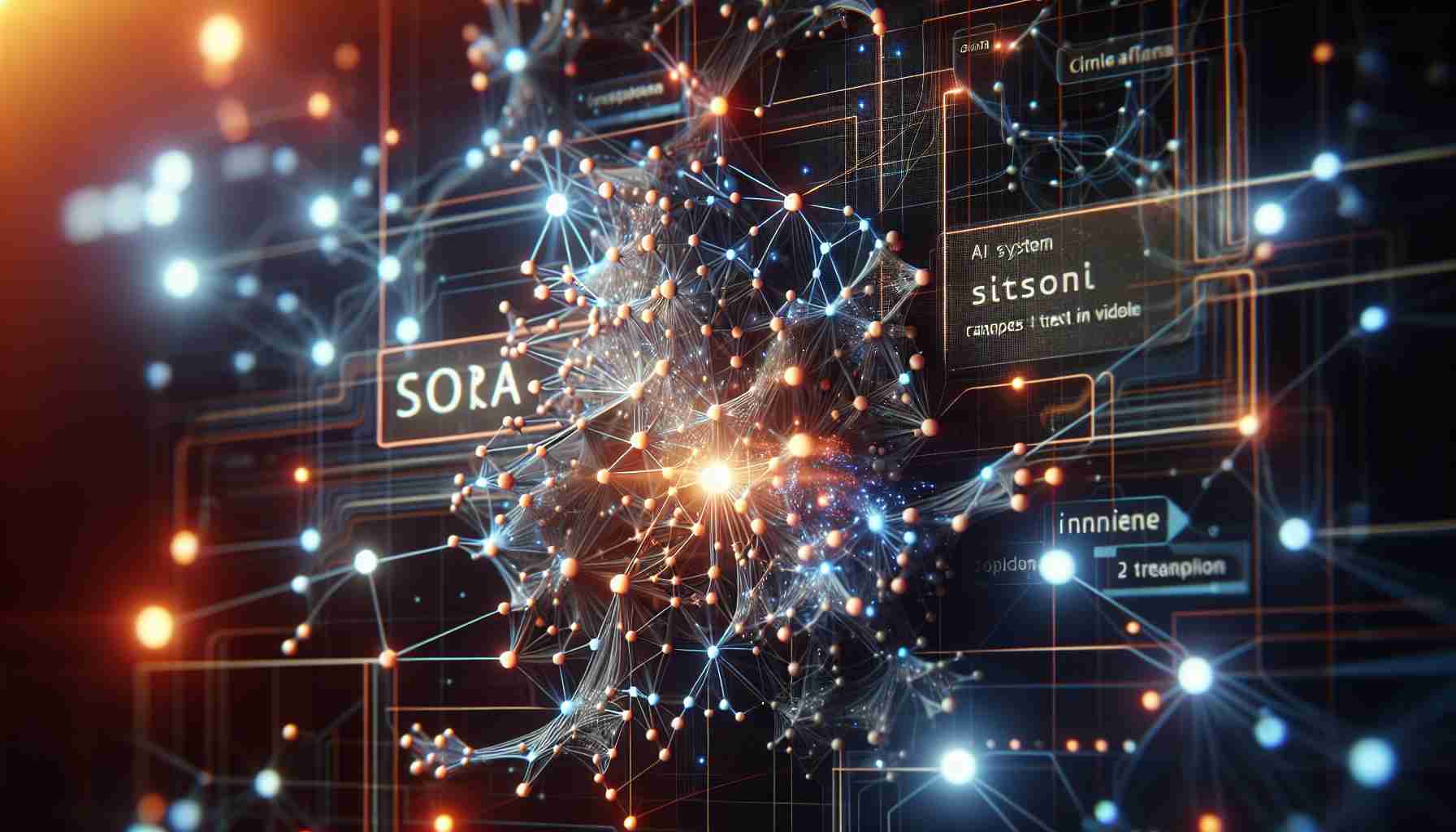OpenAI, the organization behind the groundbreaking language model ChatGPT, has once again pushed the boundaries of artificial intelligence with the introduction of its latest tool, Sora. While ChatGPT revolutionized natural language understanding, Sora takes AI capabilities to the next level by generating videos based on text inputs.
According to OpenAI, Sora is capable of creating complex scenes that feature multiple characters, realistic motion, and accurate subject and background details. The model not only comprehends the user’s prompt but also understands how those elements exist in the physical world, making it a powerful tool for video generation.
One of Sora’s impressive features is its deep understanding of language, allowing it to interpret prompts accurately and generate characters that exhibit vibrant emotions. It even has the ability to incorporate multiple shots within a single video, maintaining consistency in characters and visual style. OpenAI’s commitment to realism and artistic expression is evident in the capabilities of Sora.
However, OpenAI acknowledges that Sora is not without limitations. The model may encounter challenges in accurately simulating physics for complex scenes, such as ensuring a bite mark appears on a cookie that has been bitten. It may also struggle with spatial details and precise descriptions of events that unfold over time, like following a specific camera trajectory.
In addition to technical considerations, OpenAI is mindful of the safety implications of such advanced AI technology. To ensure responsible use, the organization is actively collaborating with domain experts in areas such as misinformation, hateful content, and bias. OpenAI plans to engage policymakers, educators, and artists worldwide to seek their input on potential concerns and identify positive applications for this new technology.
As they move forward, OpenAI recognizes that despite extensive research and testing, they cannot predict all the ways in which people will utilize or misuse their technological advancements. Nevertheless, they remain committed to fostering beneficial and ethical use cases, leveraging the insights and perspectives of a diverse range of stakeholders.
With the introduction of Sora, OpenAI continues to push the boundaries of what AI can achieve in the realm of video generation, promising exciting possibilities for creative expression and storytelling.
FAQ Section:
1. What is Sora?
Sora is a new tool developed by OpenAI that generates videos based on text inputs. It expands on the capabilities of their previous language model, ChatGPT, by creating complex scenes with multiple characters, realistic motion, and accurate details.
2. How does Sora work?
Sora uses deep learning techniques to interpret text prompts and generate videos accordingly. It understands the prompt’s language and translates it into scenes that exist in the physical world, showcasing characters with vibrant emotions and maintaining consistency in visual style.
3. What are the limitations of Sora?
Sora may encounter challenges in simulating complex physics accurately, such as replicating precise details like bite marks on objects. It may also struggle with spatial details and describing events that occur over time, such as following specific camera movements.
4. How is OpenAI addressing safety concerns?
OpenAI is actively collaborating with domain experts in areas like misinformation, hateful content, and bias to ensure responsible use of their technology. They plan to engage policymakers, educators, and artists to gather input and identify positive applications while considering the potential risks.
Definitions:
– Artificial intelligence (AI): The simulation of human intelligence by machines that are programmed to perform tasks that normally require human intelligence, such as visual perception, speech recognition, and decision-making.
– Language model: A type of AI model that understands and generates human language, allowing it to interpret and respond to text inputs.
– Natural language understanding: The ability of AI systems to comprehend and interpret human language as it is spoken or written, enabling them to generate meaningful responses.
Related Links:
– OpenAI (OpenAI’s official website)
The source of the article is from the blog agogs.sk

